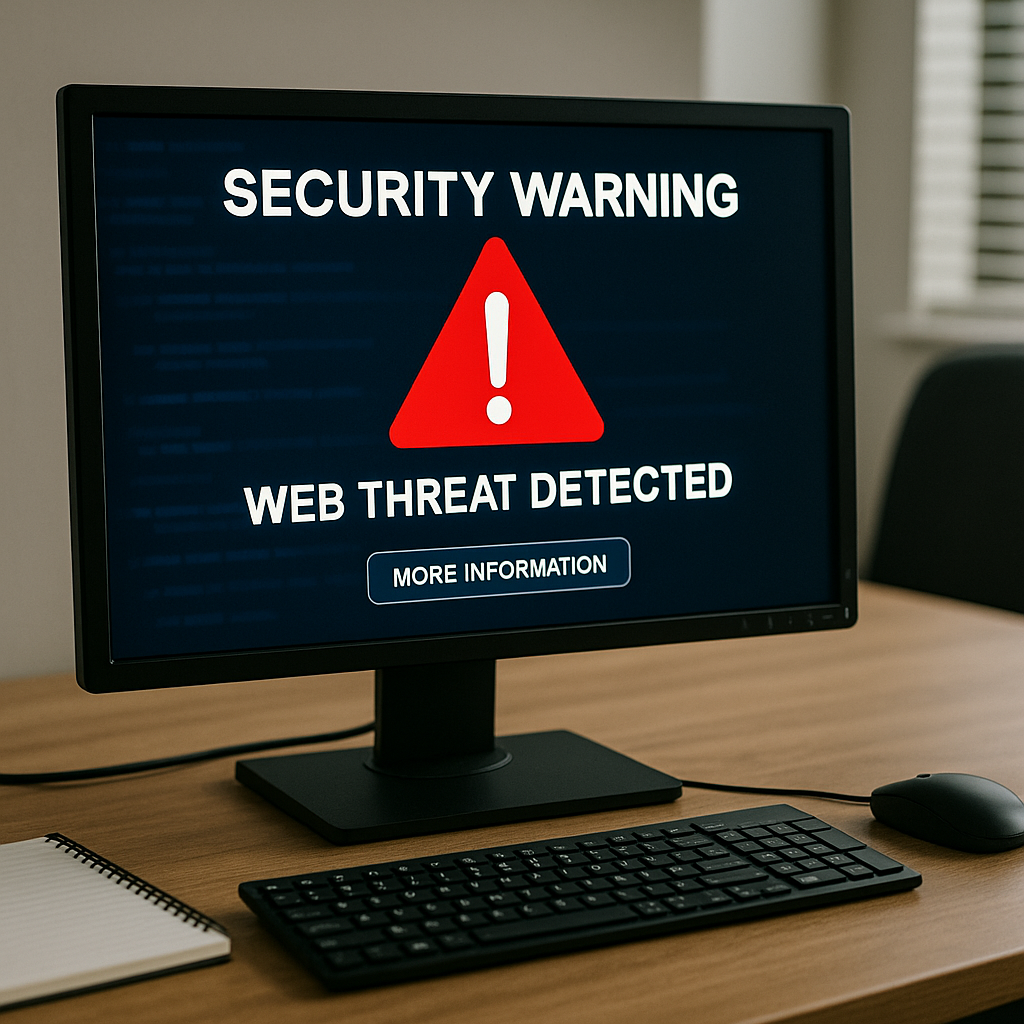Table of Contents
- 1 Common Web Threats Facing Workplaces Today
- 2 Building an Effective Cybersecurity Toolkit
- 3
- 4 Layered Security Approaches for Organizations
- 5 Continuous Education and Awareness
- 6 Why Security Policies Matter More Than Ever
- 7 How to Recognize When It’s Time for a Security Upgrade
- 8 Future Trends in Workplace Web Security
- 9 Conclusion
Common Web Threats Facing Workplaces Today
The surge in remote and hybrid work environments has exposed businesses to a broader variety of cyber threats than ever before. Sophisticated phishing campaigns, evolving ransomware tactics, and multiphase malware are increasingly prevalent, making workplace cybersecurity a central concern across industries. Cyberattacks, especially those exploiting human error and outdated defenses, continue to rise yearly. Organizations must take a layered approach to safeguarding digital assets, deploying robust defenses at multiple entry points. Tools like a secure web gateway by Versa Networks play a pivotal role by filtering harmful web traffic and blocking suspicious activity before it reaches employees, significantly reducing the risk of successful attacks.
Small offices can become entry points for disruptions impacting businesses across the board. Attackers exploit vulnerabilities in both technology and behavior, causing financial losses and reputational damage. Awareness of web-based dangers and preemptive steps is crucial to avoid costly incidents. Employee vigilance is essential for strong web security, as cyberattacks often exploit human error. A culture of skepticism towards emails, links, and downloads reduces risk. Regular communication of security expectations and sharing phishing stories keeps security at the forefront of daily work. Leading companies integrate security-focused reminders into staff communications and performance reviews.
Building an Effective Cybersecurity Toolkit
A multifaceted approach is fundamental in today’s dynamic threat environment. Start with essential components like advanced firewalls, endpoint detection tools, and secure web gateways that scrutinize web traffic in real time. To ensure maximum safety, businesses should employ email filtering, vulnerability scanning, and real-time threat intelligence as part of the core toolkit, adapting solutions as needs evolve. With the adoption of remote and cloud-based workflows, security toolkits must extend protection to any device or location accessing company resources. Frequent reviews, including tests and simulated attacks, keep organizations ahead of emerging threats while revealing gaps before they can be exploited.
Layered Security Approaches for Organizations
No single line of defense is sufficient against the breadth of today’s cyber risks. Layered security infiltrates every aspect of digital operations, from the perimeter to the endpoint. This means combining solutions like network monitoring, intrusion prevention systems, endpoint security suites, and web filtering to provide depth and redundancy.
Organizations with multiple, overlapping security systems are better positioned to detect, isolate, and recover from incidents. Hackers tend to move on when faced with a robust multi-layered defense, seeking easier targets instead.
Benefits of a Layered Approach
- Quick detection and block of threats at multiple points
- Reduced downtime following an incident
- Increased compliance with industry standards and regulations
Continuous Education and Awareness
Employees are often the first line of defense, making ongoing education essential. Instead of relying on once-a-year seminars, successful organizations implement regular, bite-sized training sessions. These are often bolstered by gamified learning modules, knowledge checks, and simulated phishing exercises designed to keep skills sharp.
Reinforcing security habits through positive recognition and feedback prevents fatigue and ensures proper procedures become daily routines. Providing accessible resources and real-world examples is key to informing everyone about current threats.
Why Security Policies Matter More Than Ever
Clear, well-communicated policies set the standard for acceptable use, incident reporting, and escalation within a company. As cyber threats and regulatory requirements evolve, up-to-date policies are the backbone of an organization’s security program, closing compliance gaps and protecting sensitive information. Ensure these policies are easy to find, comprehend, and enforce at every level. Organizations can reference policy frameworks from established leaders to anchor their guidelines in best practices relevant to their industry.
How to Recognize When It’s Time for a Security Upgrade
- Escalating numbers of successful phishing, malware, or ransomware attacks
- Security tools generating frequent false positives or ignoring clear risks
- System vulnerabilities due to outdated software or unsupported applications
- Business changes, such as an increase in remote users or new cloud adoption
Should these warning signs manifest, prompt action is necessary to avoid operational disruption. Periodic security audits, risk assessments, and penetration testing can reveal whether current measures are adequate or if immediate investment in updated technology is warranted.
Future Trends in Workplace Web Security
The next frontier in web security brings automation and intelligence to the forefront. Artificial intelligence and machine learning are increasingly used for real-time threat detection and automated incident response, giving organizations the speed to thwart even sophisticated attacks. Attention is also turning to vulnerabilities introduced via third-party vendors and supply chains, making comprehensive monitoring and zero-trust architectures standard topics in future-proof strategies. Staying ahead of attackers requires continuous investment in both technology and education. By weaving security into the organizational culture, businesses can sustain resilience—even as the threat landscape evolves.
Conclusion
Modern workplace security is not a destination but an ongoing process rooted in proactive monitoring, well-informed employees, and strong policies. By deploying a layered defense and emphasizing ongoing training, any organization can transform web security from a worry into a strategic asset. Start early, stay vigilant, and leverage the right tools—such as secure web gateways—to keep your workforce and data protected.



